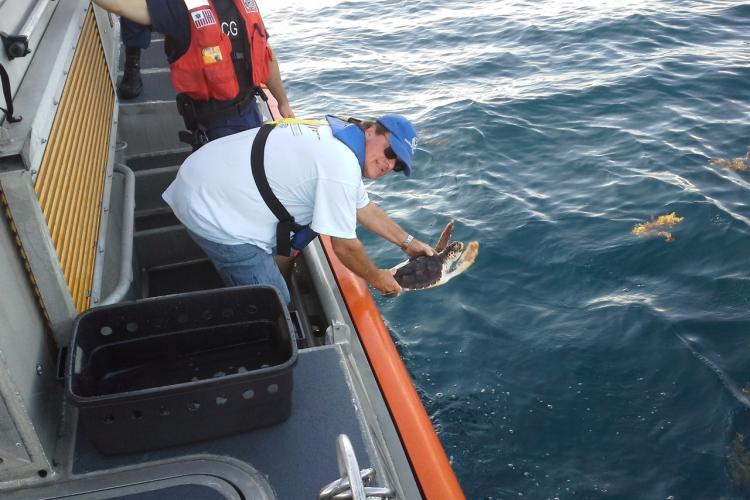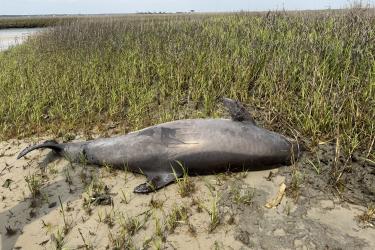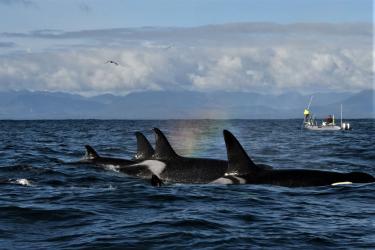Fort Pierce, FL – On Monday, June 18, NOAA Fisheries’ scientists and the Florida Fish and Wildlife Conservation Commission (FWC) released 58 loggerhead sea turtles into the Atlantic Ocean off the Florida coast. These turtles were raised in captivity and are part of a unique program designed to test the success of devices used during commercial fishing operations.

NOAA's Andy Krauss releases a loggerhead sea turtle off Ft. Pierce, FL
The turtles are part of a two-week study conducted annually in mid-June by NOAA scientists to evaluate the effectiveness of turtle excluder devices (TEDs) in shrimp trawls. “This work is so important to the survival of endangered sea turtles,” said NOAA Fisheries sea turtle biologist Ben Higgins. TEDs are designed to be attached to shrimp trawls. They enable sea turtles to escape from fishing nets, while minimizing shrimp loss. “A key to the reliability of this research is the use of live, captive-raised loggerhead sea turtles,” said Higgins.
Scientists spend more than 30 days conditioning these turtles in a semi-wild environment, preparing them for release into the wild. During the TED testing, which occurs just southeast of Panama City Beach, FL., divers observe and videotape sea turtles' behavior to document how well they are able to escape from TED‑equipped shrimp trawls.
Each year, NOAA biologists raise between 50-200 loggerhead sea turtles, hatched in Florida. At two-years-old, they are returned to Florida for this research, where each turtle undergoes brief TED testing for about 10 minutes. Once the research is complete, biologists release all of the turtles unharmed into the wild.
On average, the turtles are 16 inches long and weigh 12 pounds. Biologists release the turtles into the Atlantic Ocean where wild turtles of the same size and maturity are found. Once released, the turtles begin seeking sources of food, and may venture into passes and bays where crabs and other shellfish, the staple of their diet, are commonly found. This year, the United States Coast Guard (USCG) from Station Fort Pierce is providing vessel support for the turtle release.
The public is reminded that taking sea turtles is a violation of the Endangered Species Act. Even small sea turtles will bite people and can inflict painful wounds if handled or provoked. Although it is common for people to encounter sea turtles in areas that are popular recreational destinations such as beaches, docks and piers, people should not touch them.
Turtles that exit the water or appear to be experiencing difficulty swimming may be injured. People who see sea turtles that appear to be in distress, injured, or dead should not touch or remove anything from these turtles and contact FWC’s Division of Law Enforcement immediately at 1‑888‑404‑FWCC (3922). They will ensure the turtles are examined and treated by trained wildlife experts.



